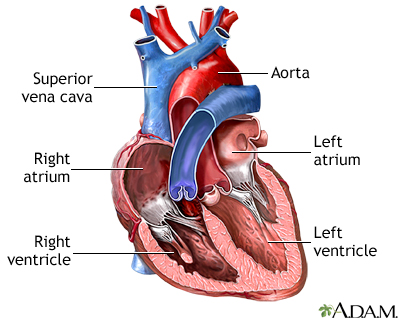
Human Heart
As the central part of the circulatory system, the heart is responsible for pumping blood, supplying oxygen and nutrients, and removing metabolic waste such as carbon dioxide from all the tissues in the body. The heart and a network of arteries and veins comprise the cardiovascular system.
The heart is a vital organ of the body; therefore, minute dysfunctions or abnormalities in the heart may have drastic consequences on human health. Typically, the heart is the size of an adult fist and is found enclosed in a pericardial sac at the chest’s center, tilted to the left, and underneath the sternum in a thoracic compartment.
What are human heart chambers 🙂
Your heart chambers are four hollow spaces within your heart. There are two atria (upper chambers) called your right atrium and left atrium. In addition, there are two ventricles (lower chambers) called your right ventricle and left ventricle. Each chamber plays an important role in your heart’s functioning.

What is the function of each heart chamber?
Right atrium
Your right atrium kicks off the action by taking in all the oxygen-poor (deoxygenated) blood from your body. Blood enters through two large veins called your superior vena cava and your inferior vena cava. Your right atrium takes this blood and passes it on to the next player, your right ventricle.
Right ventricle
Blood from your right atrium passes through your tricuspid valve and into your right ventricle. Your right ventricle quickly goes into action by forcefully pumping this blood through your pulmonary valve into your pulmonary arteries and out to your lungs. In your lungs, your blood receives the oxygen it needs to nourish the rest of your body. Then, replenished and ready to continue its journey, the blood travels through your pulmonary veins back to your left atrium.
Left atrium
Once in your left atrium, the oxygen-rich (oxygenated) blood is almost ready to travel around your body. You can think of both atria (the plural form of “atrium”) as reservoirs. While your right atrium holds oxygen-poor blood, your left atrium holds oxygen-rich blood. Your left atrium then sends this blood through your mitral valve and into your left ventricle.
Left ventricle
This is the last stop within the four chambers of your heart. Your left ventricle actively pumps the blood through your aortic valve so it can travel throughout your body. Incredibly, this process repeats with every heartbeat. So, you can think of your left ventricle as the final player that scores the winning basket or decisive goal. But there’s only a second to rest before the game begins all over again.

Leave a Reply